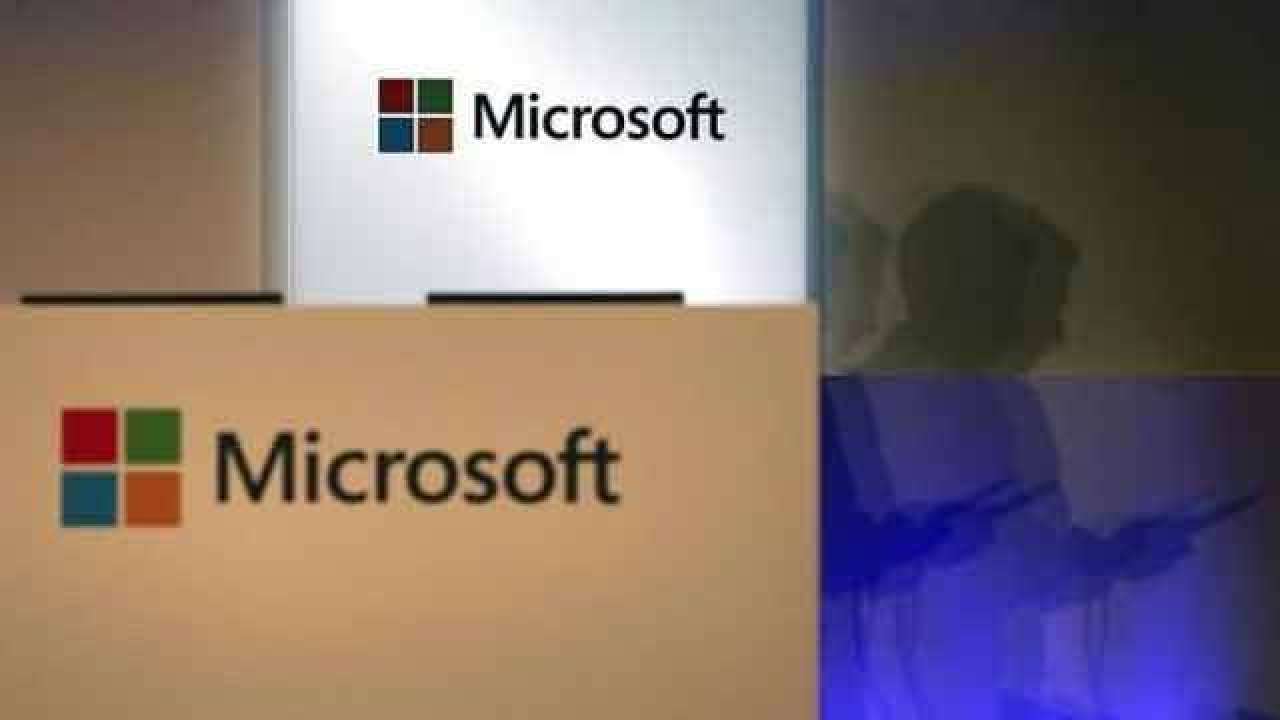Microsoft has fixed a bug in Windows 10 that changed the name, artist, or other metadata in FLAC files, therefore corrupting them.
The bug affected several editions of Windows 10 (Home, Pro, Enterprise, Education, Pro Education and Pro for Workstations), as well as several versions (2004 and 20H2). The problem could arise when editing the metadata of FLAC files containing an ID3 frame with title and artist information before the audio file header.
The developers fixed this bug in the KB5003214 preview update released for all supported versions of Windows 10, including Windows 10 21H1, Windows 10 20H2, and Windows 10 2004.
The company also published a special PowerShell script to fix files already damaged due to this bug. Although the script will not help recover the lost metadata stored in the ID3 frame, the file will play again.
Bleeping Computer explains that in order to “fix” files, you need to do the following.
- Download the ZIP-archive with the script and extract its contents.
- Find the file FixFlacFiles.ps1, right-click on it and select the item: “Run with PowerShell”.
- When prompted, enter the name of the FLAC file that cannot be played and press Enter.
In addition, the company is investigating another issue related to audio: after the release of cumulative updates this month, Windows 10 users began to complain about high-frequency noise when using some 5.1 configurations.
A fix for this bug should appear in the near future, but for now the company recommends using the following workarounds: use a browser or another application for video and audio (instead of applications affected by the problem); temporarily disable Spatial sound in sound settings.
Let me remind you that I wrote that Windows 10 bug causes BSOD when opening a specific path.




